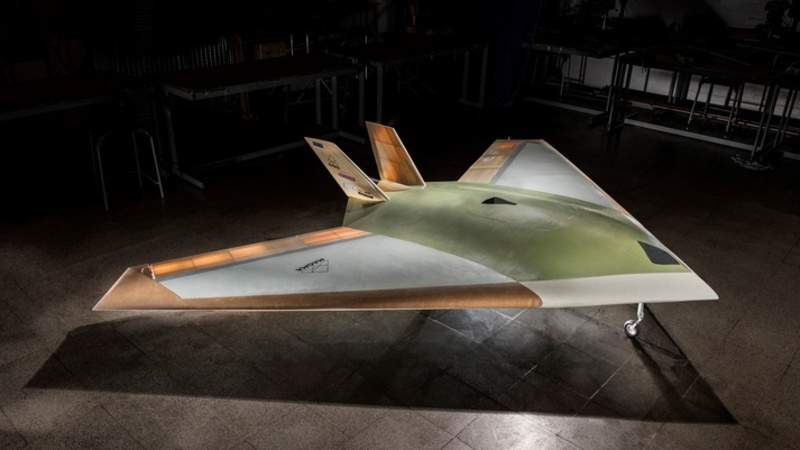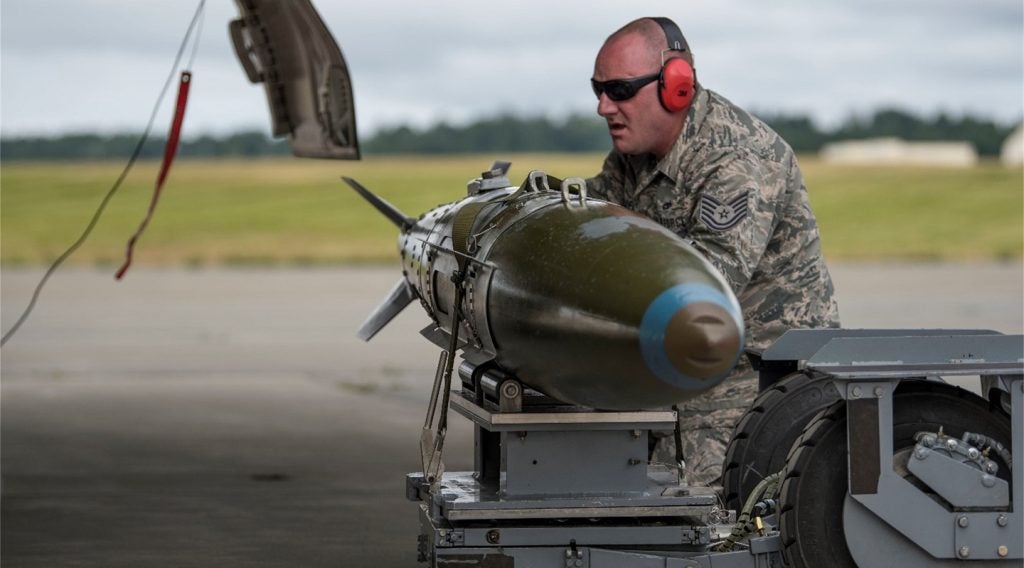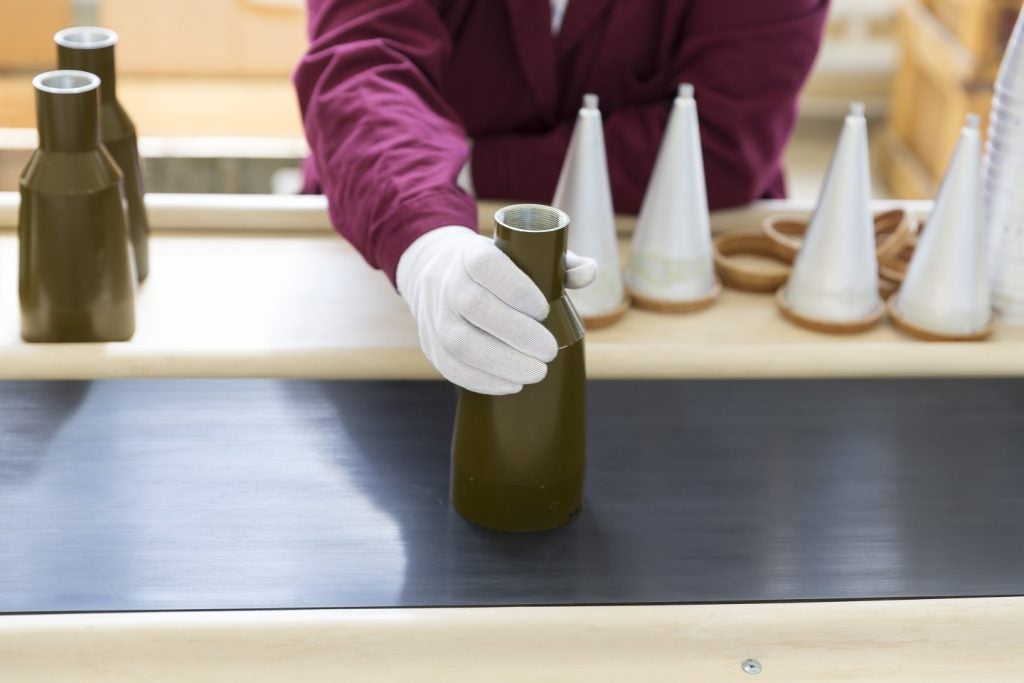
BAE Systems and the University of Manchester have successfully performed first flight trials of Magma small-scale unmanned aerial vehicle (UAV).
The Phase I trials of the UAV controlled by blown-air system form a part of an ongoing project between the two organisations and a long-term collaboration between industry, academia and the government to develop new flight control technology.
Two technologies, wing circulation control and fluidic thrust vectoring, will be tested on the Magma UAV.
The wing circulation control technology takes air from the aircraft engine and blows it supersonically through the trailing edge of the wing to control the aircraft, while fluidic thrust vectoring uses blown air to deflect the exhaust in order to change the direction of the aircraft.
BAE Systems Engineering Fellow Clyde Warsop said: “The technologies we are developing with the University of Manchester will make it possible to design cheaper, higher performance, next-generation aircraft.
“Our investment in research and development drives continued technological improvements in our advanced military aircraft, helping to ensure UK aerospace remains at the forefront of the industry and that we retain the right skills to design and build the aircraft of the future.”
How well do you really know your competitors?
Access the most comprehensive Company Profiles on the market, powered by GlobalData. Save hours of research. Gain competitive edge.

Thank you!
Your download email will arrive shortly
Not ready to buy yet? Download a free sample
We are confident about the unique quality of our Company Profiles. However, we want you to make the most beneficial decision for your business, so we offer a free sample that you can download by submitting the below form
By GlobalDataThe new technologies could remove the need for complex, mechanical moving parts that are used to move flaps to control the aircraft during flight.
BAE and partners plan to conduct further tests over the next few months to demonstrate the first use of circulation control in flight on a gas turbine aircraft and from a single engine.







